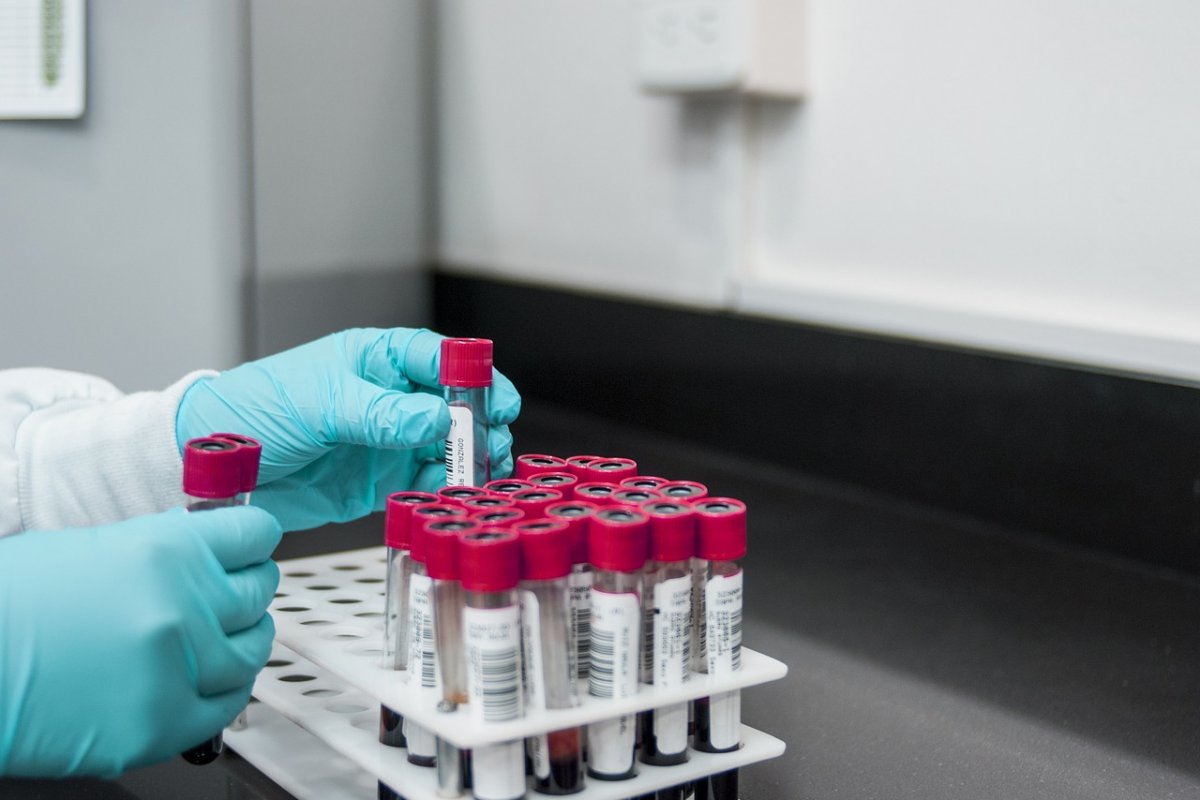
Thrombosis is a pathological condition in which dense blood clots interfere with bleeding.
There are several reasons why thrombosis occurs:
-
Obesity
-
Infection
-
Heavy lifting
-
Childbirth
-
Using oral contraceptives
- < p dir="ltr">Smoking and alcohol
-
Hereditary diseases
One of the symptoms of thrombosis is swelling in the leg or ankle. Most often it is mistaken for something else, such as an allergy or an insect bite. If you observe concomitant signs in yourself, then such swelling may indicate deep vein thrombosis.
Acute and painful leg cramps are the main symptom of thrombosis. Most often, they begin in the calf, and then spread to the entire leg.
Thrombosis can cause the skin to heat up at the site of the clot. The difference between this area and the rest of the body is very noticeable. The skin tone itself changes to paler, red or bluish.
Swollen painful veins can also be one of the symptoms. Most often, thrombosis injures the deep veins of the lower extremities and pelvis, but in rare cases, the veins of the upper extremities may suffer.
The last sign of thrombosis is aching pain in the legs and arching pain in the place where the blood clot formed. People often mistake this symptom for a bruise or just plain tiredness.
—Approximately 50 percent of people with deep vein thrombosis (DVT) have these symptoms. However, it is important to note that some people with DVT may not experience any symptoms at all, which is why it is sometimes referred to as a “silent” state, said Dr. Omar Abu-Bakr, phlebologist at the Whiteley Clinic.
How to avoid thrombosis:
-
Stop smoking
-
Be active
-
Use compression stockings, they will help improve blood flow in the legs.
-
Normalize nutrition
There is a special antithrombotic diet. Such a diet will help normalize the balance of carbohydrates and lipids, improve metabolism and normalize the amount of salt in the body.
It is best to avoid high-fat dairy products, butter, sausages, potatoes, alcohol, chocolate, and fast food while on this diet.
Water balance — an important part of the diet. The daily norm for an adult is from 1.5 to 2.5 liters of water per day. It should be noted that tea, coffee and soups are not included here.
People with a sedentary lifestyle are at high risk of thrombosis. When a person sits for a long time, his legs are bent at the knees, the veins are clamped.
This position of the body helps to reduce the speed of blood flow. When traveling, it is extremely important to warm up if you are sitting for a long time. For example, when flying, the atmospheric pressure in an airplane is lowered, and the air is very humid, all this only increases the chance of blood clots.
How to understand that you may have blood clots
-
Swelling in the leg or arm
-
Leg cramps
-
Sudden pains
-
Changes in skin color
-
Changes in skin temperature
-
Unexplained bouts of nausea or vomiting
-
Abdominal pain
See also: Toxicologist Kutushov: your health may be at risk if you choose the wrong pan and pan.
A young teacher was killed by oral contraceptives
More on the topic: If your arms or legs itch at certain times of the day, this may indicate fatty liver disease.
The vascular surgeon named 3 signs of a blood clot growing in the vessel
You can read: Oncologist Nazliev told which washing powder can cause skin cancer.< p class="warning_txt">Important! Information provided for reference purposes. Ask a specialist about contraindications and side effects and under no circumstances self-medicate. At the first sign of illness, consult a doctor.
